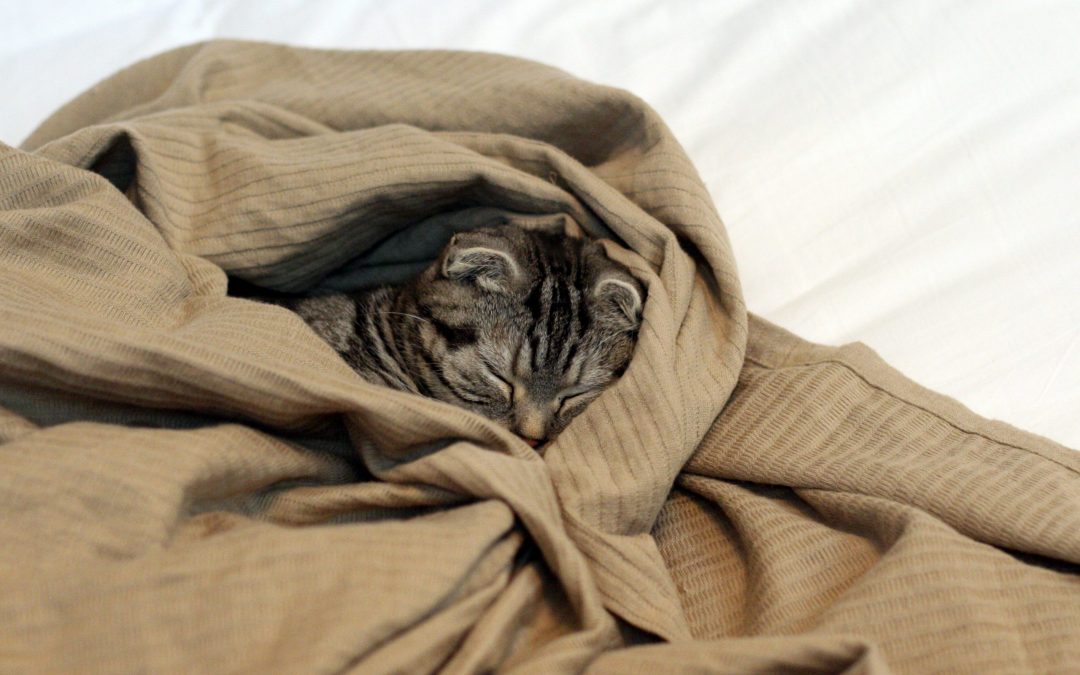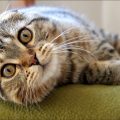Table of Contents
Should Scottish Fold cats be banned? Cats are one of the most popular choices for pets in the world. As such, humans have tried to mix breeds in order to create their ideal pets. However, these efforts have resulted to some results that could lead to serious suffering and health problems for our feline friends. Should Scottish Fold cats be banned? With dogs, there is the British bulldog breed that have been bred to meet the human sense of cuteness and adorableness. In cats, such can be seen in the Scottish Fold breed. Scottish Fold cats are known to be exceedingly adorable with their large innocent eyes, loveable round head, and their super endearing folded ears. However, to arrive at such a level of cuteness, their health has been continuously put at risk. Should Scottish Fold cats be banned? More and more studies have shown that at this point, it is impossible to mitigate the risks faced by Scottish Fold cats, and it is now high time to ban their breeding like other countries have done already.
Coupar Angus
Should Scottish Fold cats be banned? The Scottish Fold is a rare feline breed that originated when a naturally occurring mutant cat was born in Scotland, at a farm close to Coupar Angus in Perthshire. This particular cat had forward-folding ears as a result of ear cartilage that wasn’t rigid enough to support the ears’ weight.
This cat was named Susie, and she looked extremely cute that many wanted to keep her features going in later generations. Thus, steps were taken to preserve Susie’s mutation, including breeding her with British short-haired cats and other local farm cats. Through this, Susie’s genetic aspects were sustained and the Scottish Fold breed was born.
Why do humans find droopy, floppy ears cute?
Should Scottish Fold cats be banned? One of the reasons Scottish Fold cats became popular is because of their folded ears; indeed, it is their most well-known feature. But why is this feature particularly attractive to pet owners?
It is suggested that this attraction to floppy ears is because of the Lorenzian theory of beauty. This beauty was named in honor of Konrad Lorenz who was awarded the Nobel Prize for his contributions on the field of ethology, which is the study of animal behaviors.
It’s All Rounded
Should Scottish Fold cats be banned? According to this theory, humans tend to like creatures with features that resemble their own. This could be observed most obviously in children, who find rounded faces much more pleasing. For this reason, for instance, owls are often seen as friendly creatures as they have rounded faces and rounded eyes. In contrast, creatures with longer snouts and erect ears, like wolves and coyotes, are often depicted in a frightening light.
A Scottish Fold cat has round eyes, rounded face, and droopy ears, ticking the checkbox of what many people think are highly desirable traits in their furry friends.
The Mutation of Scottish Fold Cats
Should Scottish Fold cats be banned? In the 1970s, the British geneticist Oliphant Jackson conducted a series of classic genetic and radiological experiments in a hospital basement. Through his work, veterinarians and scientists confirmed that if the cartilage in the ear was defective, then the cartilage in the joints might also be compromised.
In his experiments, Jackson showed that cats like Susie, who had a single copy of the postulated defective gene, was reasonably normal. Such was also concluded regarding Susie’s offspring Snooks. Most of a feline’s genes come in pairs, like in humans. Susie’s and Snooks’ genes showed that though one was defective, the copy was okay.
Defective Gene
Should Scottish Fold cats be banned? However, in contrast, cats who had two copies of the defective gene developed crippling arthritis from an early age. Because of this, Jackson then suggested to stop the breeding of Scottish Fold cats and similar types of cats. This suggestion was followed in the United Kingdom and France.
Nevertheless, some of the Scottish Fold cats had already been exported to the US. Unfortunately, different laws are followed in this jurisdiction, thus allowing the continued breeding of Scottish Fold cats, provided that they are mated only with Scottish Shorthairs. Scottish Shorthairs possess a similar genetic background but they also have normal ears and thus normal cartilage. With this pairing, typically half of each litter of kittens have folded ears while the other half are Scottish Shorthairs. Through this process, the Scottish Fold gene went on.
Degenerative Joint Disease
Should Scottish Fold cats be banned? In the early 1990s, a group Australian veterinarians demonstrated that all Scottish Fold cats have abnormal bone development of their distal limbs. This is generally associated with early onset as well as accelerated progression of degenerative joint disease in joint of the distal limb and tail. This affects the ankle and wrist joints. Their studies were further confirmed and extended by Japanese and Korean investigators, though unfortunately, the breeding of Scottish Fold cats continues in the US, Asia, and Australia.
What does it mean for Scottish Fold cats?
Should Scottish Fold cats be banned? Though Scottish Shorthairs look similar enough with Scottish Folds, they have normal ears and possess no genetic anomalies that make them unhealthy. On the other hand, though extremely cute, Scottish Fold cats have shortened limbs, an abnormal gait, and heightened risks of developing osteoarthritis at an early age. This may cause variable lameness and even deformities.
Jackson’s work in the 1970s provided solid proof that the continued breeding of Scottish Fold cats is ethically indefensible. Yet it still persists in a lot of places.
In Summary
The breeding of Scottish Fold cats should be definitely banned, as continuing the practice merely perpetuates a disease state. The Scottish Fold cats themselves suffer, just because humans happen to find their special features adorable. We as humans cannot continue to afflict them with suffering for our own entertainment.





 Author and long-time animal lover. Sharing knowledge on pet care through experience and the written word.
Author and long-time animal lover. Sharing knowledge on pet care through experience and the written word.